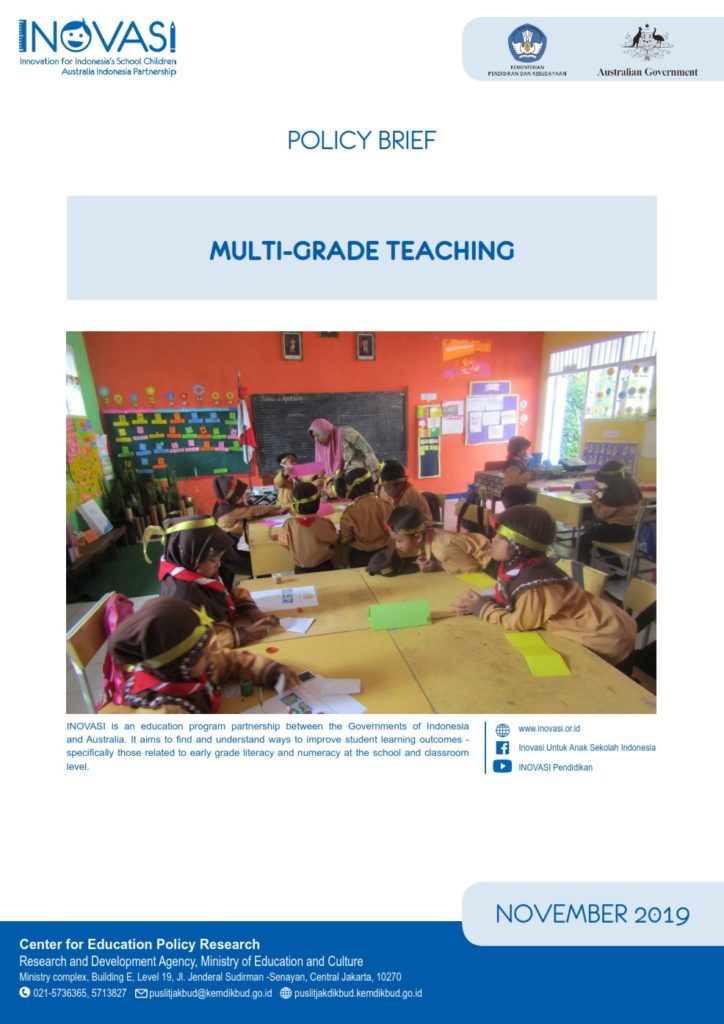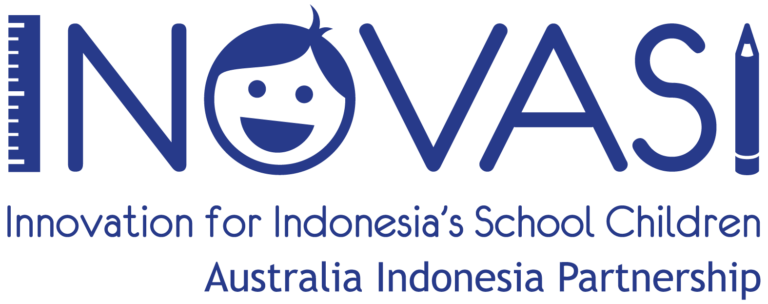
According to the World Bank, over 30 per cent of the world’s children are taught in multi-grade classes. In many small primary schools and madrasah in Indonesia, there is no option other than to group children in multi-grade classes, for example, combining grades three and four in one group. There are simply not enough funds or enough teachers to provide one certified teacher for each grade group in all schools in Indonesia.
Mapping the supply of teachers in seven provinces and over 50 districts and cities in the 2013–2016 period revealed: (a) a shortage of permanent civil servant (PNS) teachers in nearly 50 per cent of primary schools and madrasah as well as in junior-secondary schools; this is partly due to teachers who were appointed during the major school construction Inpres program in the 1970s now reaching retirement; (b) the average number of pupils in government schools is small with fewer than 60 students per school in some districts (such as Wajo in South Sulawesi); and (c) many isolated primary schools and madrasah cannot be merged or ‘regrouped’ due to geographical barriers. The 2015 – 2019 National Development Plan (RPJMN) and the Ministry of Education and Culture’s (MoEC) five-year strategic plan for the same period both refer to multi-grade (and multi-subject teaching for junior secondary) as a means of improving teacher deployment. This is a step in the right direction, but more can be done.
This October 2019 policy brief explores key strategic issues and policy recommendations for multi-grade teaching in Indonesia. The brief draws on INOVASI’s work and body of evidence to date. A further update of the brief will be done in late 2019, with additional endline evidence from across INOVASI’s four partner provinces.






